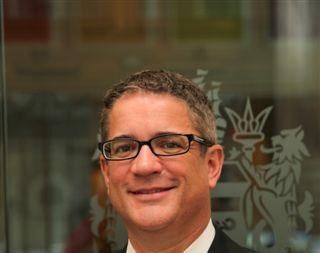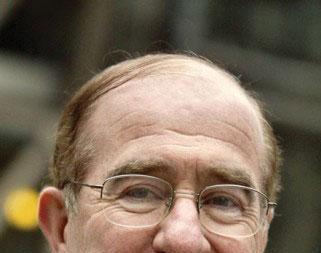Read finance director Savage’s views on how Lloyd’s is dealing with a tough market
Although Lloyd’s was able to turn a profit – albeit a greatly diminished one – in the first half of 201,0 despite heavy catastrophe losses, there are more challenges on the way. Market conditions in the global insurance and reinsurance markets in which Lloyd’s plays are deteriorating markedly. Prices are softening close to concerning levels and the meagre investment returns on offer are insufficient to cover up for any shortfalls in underwriting performance.
Lloyd’s finance director Luke Savage talks to Insurance Times about how the world’s oldest insurance market is tackling this difficult point in the pricing cycle.
Q: Tom Bolt, director of performance management at Lloyd’s, has commented recently that Lloyd’s is to get tougher on claims. What has prompted this?
A: Tom mentioned claims but the efforts are more general. We are operating at a time when margins are wafer thin in many classes, rates are continuing to soften in many classes and investment income is likely to remain low for the foreseeable future. If you arrive at a time when markets are hard and investment income is strong, there is a lot of inherent profitability, so good business discipline is slightly less important.
However, if you are writing at a time when conditions are marginal, it is all the more important that nobody is making mistakes. The tougher the times, the harder we have to look at our businesses to make sure none of them are doing anything silly. That does not mean to say that when times are good we sit back and do nothing, but just that now is the time to focus to our efforts.
Q: How are these efforts manifesting themselves?
A: Tom has commented on claims. An area in my world is Solvency II preparation. It is important for Lloyd’s that we get our internal model approved. For us to get our internal model approved, it is important that all the managing agents are up to standard. We have made it clear that if managing agents are falling behind then we will restrict their business plans, load their capital or impose other sanctions as necessary to get them back on track and provide the focus that we need from them.
Q: What lines of business is Lloyd’s most concerned about?
A: The area Tom is most concerned about is casualty and casualty rates being marginal. It is a concerning class because it is long-tail. If you write property-catastrophe business, when a hurricane hits, you know instantaneously that you have got a problem. You can, within a matter of months, have an idea of the cost and you can adjust your prices pretty rapidly. But when you’re writing casualty, it can take several years for the positions to develop and for it to become clear whether you are making or losing money, by which time you have potentially got several years of loss-making business on the books rather than just one. That lag in seeing the casualty market react means that when things get to be marginal, it becomes a significant concern for us.
Q: Earlier this year, Tom Bolt asked marine energy underwriters with Gulf of Mexico exposure to resubmit their business plans. Is this an example of the tougher stance at Lloyd’s?
A: In the Gulf of Mexico, the US government is looking at retrospectively changing the cap on pollution liability to $10bn (£6.3bn) from $75m. That makes a big difference to the underwriting of that energy business: either you need to have specific caps or exclusions within the policy or you need to be charging a lot more money. If underwriters’ policies simply said they would cover liability without specifying the $75m cap because that was the law at the time, they would suddenly be exposed to $10bn if the law changed, so you can understand why Tom will be asking people to take a look at what they are doing in the Gulf again.















































